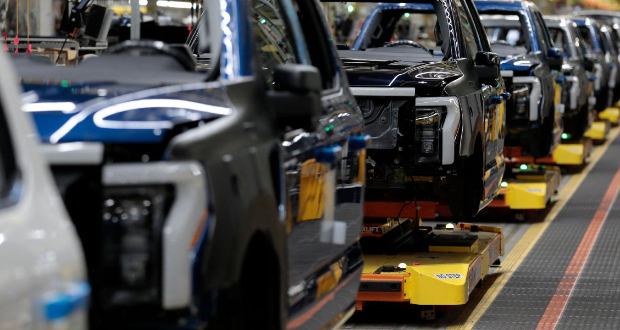Evaluating Trade-offs in Climate and Trade Policy
The climate agenda has become inextricable from economic policy and, increasingly, geopolitics. The overlap between decarbonization and supply chain resiliency, the strengthening of domestic manufacturing, and national security has fueled the adoption of green industrial policy tools. Increased investment and policy focus on climate is a positive trend, as there is a significant gap in funding for clean energy globally, and some supply chains are shifting in response to U.S. policy, suggesting that de-risking may be working. However, increased trade barriers and misallocated investment could undermine the stability of the global trading system. Moreover, the conflation of national security, climate, and economic objectives could lead to unfocused policies, ultimately undermining the deployment of low-carbon technologies. This points to an urgent need to develop a new way of thinking that better integrates trade, and all the political and economic issues that come with it, in the climate policy tool kit.
Nowhere is the nexus between economic, national security, and climate objectives more visible than in the Inflation Reduction Act (IRA). The IRA is the most ambitious climate regulation ever passed in the United States, providing incentives to promote the deployment of climate technologies, including renewable energy and electric vehicles (EVs). Since the IRA became law in August 2022, it has put in motion various bureaucratic and corporate actions that have been reshaping supply chains around the world.
The IRA’s deployment of industrial policy tools targets at least three distinct policy objectives: revitalizing U.S. manufacturing, strengthening national security through supply chain resilience, and accelerating the energy transition. These objectives are broad and subject to interpretation, further complicating the law’s implementation. The overlapping goals reflect the domestic politics surrounding the IRA and other relevant laws, such as the Bipartisan Infrastructure Law (BIL). The coalescing around the IRA of groups advocating for domestic labor and manufacturing, energy and national security, and climate was a political revolution for climate policy that enabled the broad law to pass. However, implementing agencies, localities, and civil society are now finding that unusual bedfellows can lead to difficult trade-offs, especially when it comes to balancing national security and economic security objectives with the accelerating timeline needed to meet climate and environmental targets.
China is at the heart of these trade-offs. Competition with Beijing is central to national and economic security discourses in Washington, and China is a major producer of climate technologies and many of the inputs needed to make them. U.S.-China competition has become so all-encompassing that it now shapes policy in areas that were traditionally unaffected by China policy. For example, there is evidence of the use of forced labor in supply chains ranging from polysilicon to fish, which raises serious questions over just how much of the climate technology value chain is tainted by human rights violations and affected by the Uyghur Forced Labor Prevention Act. Similarly, U.S. renewable energy companies that rely on Chinese components are making contingency plans in case of a military conflict over Taiwan or if China were to restrict the export of critical minerals, a capability it signaled in 2023. Given the deep economic integration between the United States and China, and China’s central role in the global value chain system, these trade-offs are particularly challenging.




